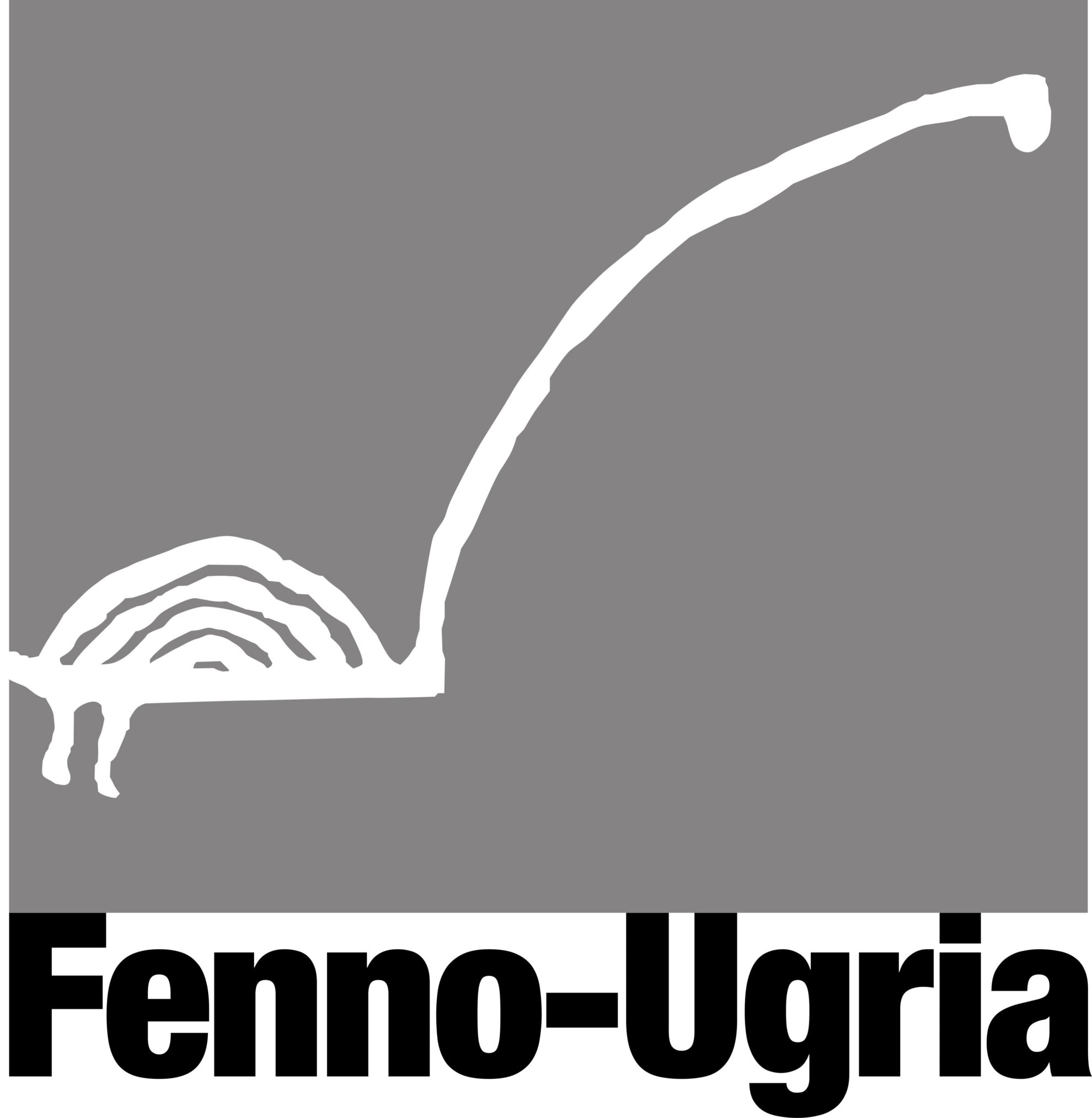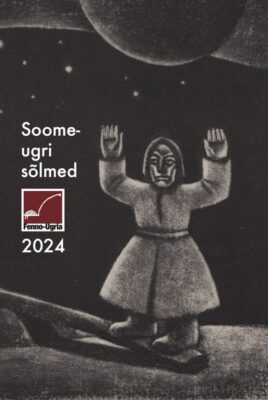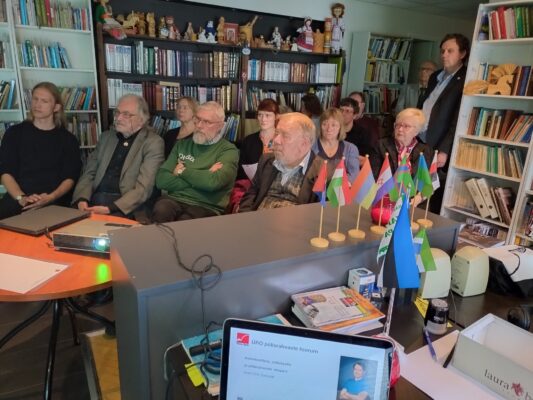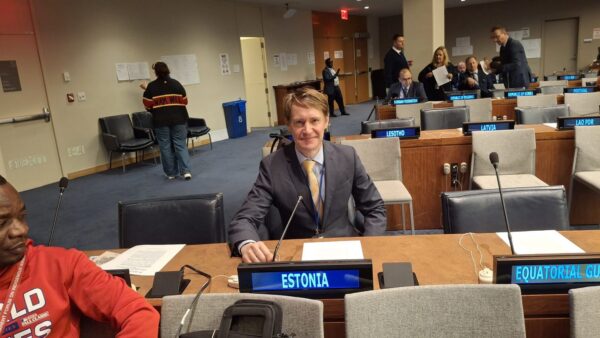
Statute
Statute of Non-Profit Organisation Fenno-Ugria Asutus
General provisions
1. Non-Profit Organisation Fenno-Ugria Asutus (hereinafter the Organisation) is an independent non-governmental organisation re-established in 1991 (with the name Foundation “Fenno–Ugria“) which proceeds in its activities from the Non-Governmental Organisation Act, other legal acts and this Statute. The Organisation continues the activities of Fenno-Ugria Asutus that existed in 1927-1940.
2. The Organisation is located in Tallinn, but may establish its centres elsewhere in the Republic of Estonia and representations in foreign countries.
3. The objective of the Organisation is
- To develop contacts between Estonia and other Finno-Ugric and Samoyed (i.e., Uralic) countries and peoples,
- To support the promotion of culture, education and science of the Uralic peoples, contribute to the development of Finno-Ugric studies in Estonia,
- To support the reawakening of Uralic peoples,
- To develop mutual cultural contacts between Uralic peoples and to organize information exchange,
- To introduce and promote the cultures of kindred (i.e., Uralic) peoples and their ecological worldviews,
- To promote relations with Estonians living abroad,
- To contribute to the repatriation of cultural assets of Finno-Ugric peoples preserved in museums, archives and elsewhere for the benefit of relevant peoples.
4. To achieve its objectives, the Organisation:
- Creates and develops contacts in Estonia and with the institutions and organisations operating outside Estonia that engage with Uralic peoples and topics relevant to them,
- Organizes trainings and fellowships for Finno-Ugrians in Estonian academic and other institutions, as well as trainings and residences for Estonians among Uralic peoples, as well as exchanges of lecturers,
- Organizes festivals and other cultural events, including Kindred Peoples’ Days, expeditions, lectures, seminars, courses, exhibitions, targeted surveys, TV and radio broadcasts and other such events, grant programmes and creative competitions,
- Establishes its library and collects and preserves information, concerning Uralic peoples and their traditional areas of settlement,
- Publishes books and periodicals, disseminates information on the Internet,
- Develops other activities which are in accordance with the objectives of the Organisation.
Members
5. Members of the Organisation may be legal persons who acknowledge and follow the statute of the Organisation (i.e., institutional members).
6. Members are accepted on the basis of a written application by the decision of the management board of the Organisation within two months from the submission of the application.
7. Honorary members are accepted with the decision of the general meeting, whereby the proposal for accepting the person as the honorary member should be made by the representatives of at least three member organisations.
8. Member of the Organisation has the right to withdraw from the non-governmental organisation. The membership of the member of the Organisation terminates according to the stipulations provided by law. Honorary members are appointed for life and they may not be excluded from membership.
9. Member of the Organisation is obliged:
- To participate in the activities of the Organisation and contribute to the achievement of the objectives of the Organisation,
- To notify the Organisation regularly of its programmes, projects and other activities related to kindred peoples.
10. Member of the Organisation has the right:
- To participate in the work of the Organisation,
- To receive full information on the programmes and projects related to the Organisation, its members and kindred peoples.
11. All member rights also extend to honorary members.
Governance
General meeting
12. The highest body of the Organisation is the general meeting of members where all authorised representatives of institutional members and honorary members can participate. Each institutional member has one vote. Honorary member can be represented at the general meeting either by another honorary member or the representative of institutional members on the basis of the unattested power of attorney.
13. The management board convenes the general meeting not less than once a year.
14. The management board must announce the convening of the general meeting at least fourteen days in advance, including by sending the agenda of the meeting to all members of the Organisation.
15. The general meeting can adopt decisions, if more than half of the members of the Organisation or their representatives participate in the meeting.
16. The decision of the general meeting is adopted, if more than half of the members of the Organisation having participated in the meeting vote for it, except in cases where this Statute or law stipulates otherwise. The voting by electing the persons is secret.
17. General meeting of the Organisation:
- Adopts and changes the Statute of the Organisation. The decision for changing the statute has been adopted, if more than 2/3 of the members of the Organisation having attended the meeting votes in favour of it,
- Appoints the number of the members of the management board (which should not be less than 5), elects the members and substitute members of the management board for two years,
- Elects three members of the internal financial control and substitute member and confirms the reports of the audit committee,
- Confirms the management report and financial statements of the organisation including the opinion of the audit committee, action plan and budget,
- Decides upon making the transaction with the member of the management board or the submission of the claim against him/her and appoints the representative of the non- governmental organisation in this transaction or claim,
- Decides upon other questions not given to the competence of other bodies with law or statute.
Management board
18. The term limit for authorities of the management board of the Organisation is two years. The meetings of the management board of the Organisation are held not less than once within two months. The management board is convened by its chairperson or vice chairperson. The management board can adopt decisions, if more than half of the members of the management board, including the chairperson or vice chairperson, participate in the meeting.
19. Management board of the Organisation:
- Elects the chairman and vice chairman from among themselves,
- Implements the decisions of the general meeting,
- Manages the work and financial activities of the Organisation,
- Submits the management report, financial statements, action plan and draft budget of the Organisation to the general meeting,
- Convenes the general meeting,
- Sets up the working groups and establishes sub-units,
- Specifies the salaried staff,
- Concludes and terminates the employment contract with the director, advisors and managers of the subunits of the Organisation,
- Authorises representatives of the Organisation to other (including international) organisations.
20. Chairperson of the management board:
- Represents the Organisation at all levels,
- Convenes the management board and chairs its meeting. In case of absence of the chairperson, the latter is substituted by the vice chairperson or any other member of the management board upon the decision of the management board. The chairperson and vice chairperson report to the management board and general meeting of the Organisation.
Office and sub-units
21. The office is the permanently operating administrative body of the Organisation consisting of salaried employees. The activities of the office are managed by the director of the Organisation. The director of the Organisation is chosen through a public competition for three years. The competition is announced, its terms are confirmed and the director of the Organisation is chosen by the management board. The director of the Organisation:
- Organizes day-to-day work of the Organisation,
- Concludes contracts on behalf of the Organisation, including employment contracts with the salaried employees of the Organisation,
- Disposes of the assets of the Organisation within the authorities given by the management board,
- Takes part in the meetings of the management board with the right to speak,
- Organizes the implementation of the decisions of the management board and reports to the management board.
22. The management board can establish sub-units of the Organisation for the fulfilment of the specific tasks.
Financial resources and audit
23. Resources required for the work of the Organisation are received from:
- state appropriations,
- donations of individuals and legal persons,
- earmarked fundraising,
- lotteries and other benefit events organized by or for the benefit of it,
- other proceeds.
24. The audit committee submits its opinion on the financial statements to the general meeting once a year.
Merger, division and termination of activities
25. The merger or division of the Organisation is carried out with the decision of the general meeting, if at least 3⁄4 of the members of the Organisation attending the meeting votes in favour of such proposal.
26. The Organisation is terminated with the decision of the general meeting, if more than 2/3 of the members of the Organisation attending the meeting votes in favour of such proposal.
27. The assets remained pursuant to satisfying the claims of creditors are given over to the organisation or organisations which activities comply to as large extent as possible with the objectives provided in the statute of the Organisation and which is obliged to use these according to the objectives of the Organisation.
Note: This revised text has been adopted by the Council of the Foundation Fenno-Ugria on 2 October 1997 and has been complied with law by the management board of the Non- Governmental Organisation Fenno-Ugria Asutus on 19 August 1998.


